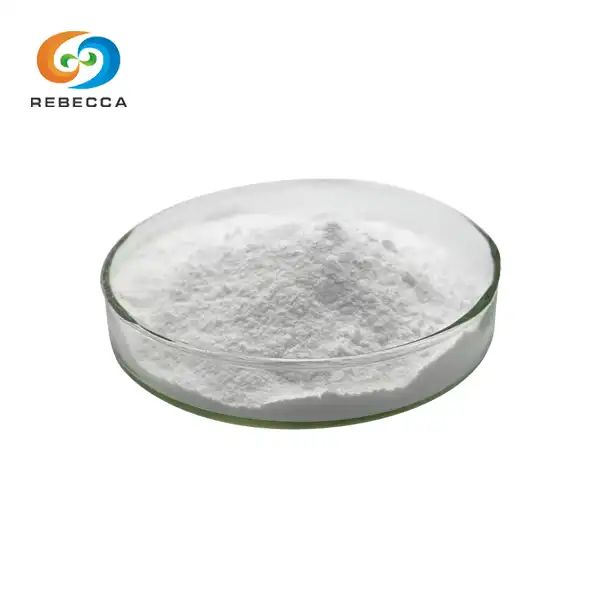Gastrodin Powder Specifications and Quality
Gastrodin powder, a bioactive compound derived from the traditional Chinese herb Gastrodia elata, has gained significant attention in the pharmaceutical and nutraceutical industries due to its potential therapeutic properties. As the demand for high-quality gastrodia elata extract grows, it becomes increasingly important to understand the specifications and quality indicators that define a superior product. Rebecca Bio-Tech's blog delves into the key aspects, providing valuable insights for researchers, manufacturers, and consumers. Its quality is determined by various factors, including its purity, particle size distribution, sensory characteristics, and compliance with pharmacopeia standards.

What Is Purity?
Purity is a crucial factor in the quality of Gastrodin powder. The percentage of actual Gastrodin in the powder is referred to as having higher purity, indicating a more concentrated and potentially more effective product. The industry standard for high-quality products typically requires a purity of 98% or higher.
Achieving such high purity levels is no small feat. The extraction and purification process necessitates sophisticated techniques and stringent quality control procedures. The purity of Gastrodin powder is usually determined using High-Performance Liquid Chromatography (HPLC), a powerful analytical technique that can separate, identify, and quantify the components in a mixture.
A purity of 98% or higher ensures that the powder contains minimal impurities or other compounds from the Gastrodia elata plant. This high level of purity is particularly important for research applications, where the presence of other compounds could interfere with experimental results. It's also crucial for pharmaceutical and nutraceutical products, where consistent purity is essential for ensuring reliable dosing and efficacy.
It's worth noting that while 98% is often considered the minimum standard, some manufacturers strive for even higher purity levels. For instance, Rebecca Bio-Tech offers Gastrodin with 99% purity, which represents an exceptional level of quality and purity in the industry.
However, it's important to understand that higher purity doesn't always equate to better efficacy in all applications. In some cases, the presence of trace amounts of other compounds from the Gastrodia elata plant may contribute to the overall therapeutic effect through synergistic interactions. This is why some products may intentionally use a slightly lower purity gastrodin extract that retains some of these potentially beneficial compounds.

What Is The Particle Size Distribution?
Particle size distribution is another crucial specification for Gastrodin powder quality. It refers to the range of sizes of the individual particles that make up the powder. This characteristic can significantly impact the powder's behavior during processing, its dissolution rate, and ultimately its bioavailability when consumed.
Its particle size distribution is measured using techniques such as laser diffraction or sieve analysis. The results are often expressed in terms of D10, D50, D80, and D90 values, which represent the particle diameters at which 10%, 50%, 80%, and 90% of the sample's mass is comprised of particles with a diameter less than or equal to that size.
For high-quality Gastrodin powder, a fine and uniform particle size distribution is generally desirable. Smaller particles typically dissolve more quickly and can be more easily absorbed by the body, potentially leading to better bioavailability. However, extremely fine particles can sometimes cause issues with flowability and may be more prone to clumping or caking.
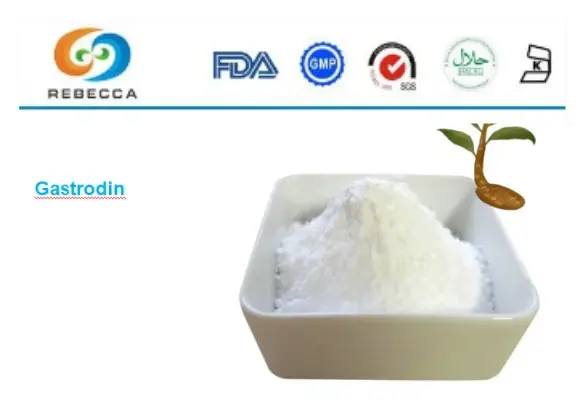
The optimal particle size distribution can vary depending on the intended application of the Gastrodin powder. For instance:
①For research applications, a very fine and uniform particle size might be preferred to ensure consistency in experimental results.
②For pharmaceutical applications, the particle size distribution might be tailored to achieve specific dissolution profiles or to suit particular formulation requirements.
③For dietary supplements, a balance might be struck between fine particles for good dissolution and slightly larger particles to improve powder flow properties during manufacturing.
Rebecca Bio-Tech is able to provide detailed information about the particle size distribution of their product. This information is crucial for formulators and researchers to ensure that the powder will behave as expe cted in their specific applications.
What Are The Sensory Indicators?
Sensory indicators, including appearance, color, and smell, provide important clues about the quality and purity of gastrodia elata exract. While these characteristics don't directly measure the chemical composition or efficacy of the powder, they can offer valuable insights into its overall quality and consistency.
①Appearance: High-quality product appears as a fine, uniform powder. The texture should be consistent throughout, without visible clumps or foreign particles. Any irregularities in appearance could indicate issues with purity or processing.
②Color: Its color can vary slightly depending on the extraction and purification processes used, but it is generally described as white to off-white.
③Smell: Pure Gastrodin powder is typically described as having a weak, characteristic odor. The smell should be mild and not overpowering. A strong or unpleasant odor could suggest the presence of impurities or degradation of the Gastrodin.
It's important to note that while these sensory indicators can provide useful information, they should not be relied upon exclusively to determine the quality of Gastrodin powder. These characteristics should be considered in conjunction with more rigorous analytical tests, such as HPLC for purity determination.
Consistency in these sensory characteristics from batch to batch is also a key indicator of quality. Rebecca Bio-Tech, a reputable manufacturer, maintains strict quality control processes to ensure that their gastrodin powder consistently meets the expected sensory specifications.
For consumers and researchers, familiarity with these sensory indicators can be helpful in quickly assessing the quality of gastrodin powder upon receipt. However, any concerns about the appearance, color, or smell of the powder should be addressed with the supplier, and further analytical testing may be warranted to ensure the powder meets the required quality standards.
Does It Meet The Pharmacopoeia Standards ?
Compliance with pharmacopoeia standards is a crucial aspect of gastrodin powder quality, particularly for applications in the pharmaceutical and nutraceutical industries. Pharmacopoeias are official publications containing quality standards for medicinal products, including herbal extracts like Gastrodin.
The Chinese Pharmacopoeia is particularly relevant for Gastrodin, given that Gastrodia elata, the source plant, has a long history of use in Traditional Chinese Medicine. Physical characteristics: These may include specifications for appearance, solubility, and melting point.
Microbial limits: These ensure that the powder is free from harmful levels of microorganisms.
Rebecca Bio-Tech provides certificates of analysis demonstrating compliance with relevant pharmacopoeia standards.

About Rebecca Bio-Tech
Rebecca Bio-Tech has established itself as a leading player in the field of natural extract production and research, with a particular focus on high-purity Gastrodin extraction. The company's commitment to quality and innovation is exemplified by their flagship product: high purity Gastrodin 99%.
This exceptional level of purity sets Rebecca Bio-Tech apart in the industry. Achieving 99% p urity for Gastrodin is a significant technical accomplishment, requiring advanced extraction and purification technologies, as well as rigorous quality control processes. This high-purity product is particularly valuable for researchers and pharmaceutical companies working on developing new therapies based on gastrodia elata exract, as it ensures that experimental results are not confounded by the presence of impurities.
In addition to their Gastrodin product, Rebecca Bio-Tech is likely involved in ongoing research and development efforts to further improve extraction technologies and explore new applications for Gastrodin and other natural compounds. This commitment to innovation helps to drive forward the field of natural product research and development.
For those interested in learning more about Rebecca Bio-Tech's high purity Gastrodin 99% or their other products and services, the company welcomes inquiries. They can be contacted at information@sxrebecca.com for further information. This open line of communication demonstrates Rebecca Bio-Tech's commitment to transparency and customer service, allowing potential clients or research partners to engage directly with the company and learn more about their products and processes.
References
1. Chinese Pharmacopoeia Commission. (2020). Pharmacopoeia of the People's Republic of China. China Medical Science Press.
2. Zhang, Y., Li, M., Kang, R. X., Shi, J. G., Liu, G. T., & Zhang, J. J. (2012). NHBA isolated from Gastrodia elata exerts sedative and hypnotic effects in sodium pentobarbital-treated mice. Pharmacology Biochemistry and Behavior, 102(3), 450-457.
3. Liu, Y., Gao, J., Peng, M., Meng, H., Ma, H., Cai, P., ... & Xu, Z. (2018). A review on central nervous system effects of gastrodin. Frontiers in pharmacology, 9, 24.
4. Zhan, H. D., Zhou, H. Y., Sui, Y. P., Du, X. L., Wang, W. H., Dai, L., ... & Zhao, H. L. (2016). The rhizome of Gastrodia elata Blume–An ethnopharmacological review. Journal of ethnopharmacology, 189, 361-385.
5. Tang, C., Wang, L., Liu, X., Cheng, M., Qu, Y., & Xiao, H. (2015). Comparative pharmacokinetics of gastrodin in rats after intragastric administration of free gastrodin, parishin and Gastrodia elata extract. Journal of ethnopharmacology, 176, 49-54.
6. Kumar, H., Kim, I. S., More, S. V., Kim, B. W., & Choi, D. K. (2014). Natural product-derived pharmacological modulators of Nrf2/ARE pathway for chronic diseases. Natural product reports, 31(1), 109-139.


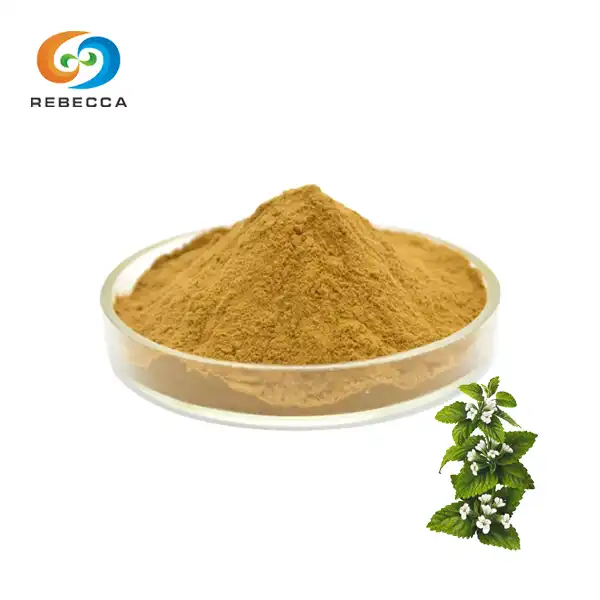
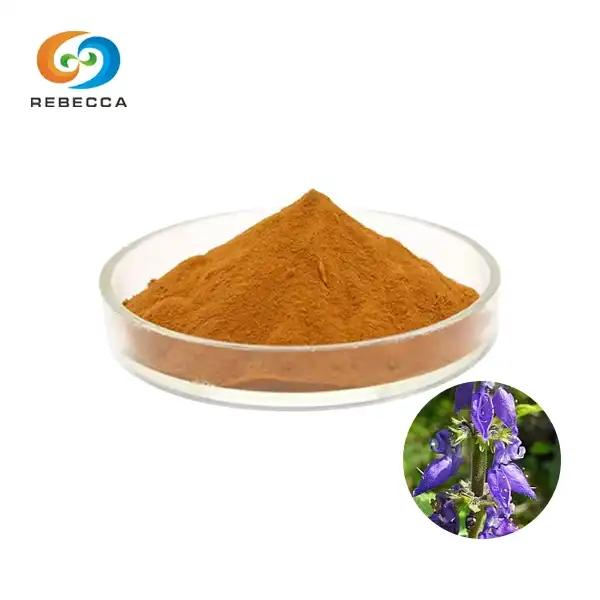
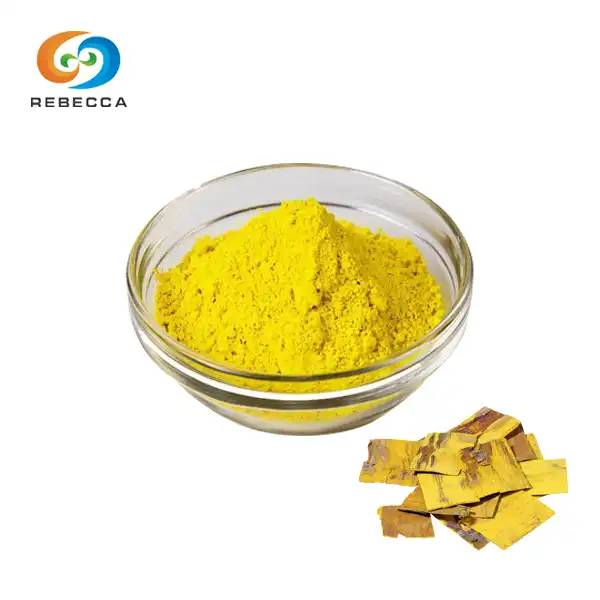
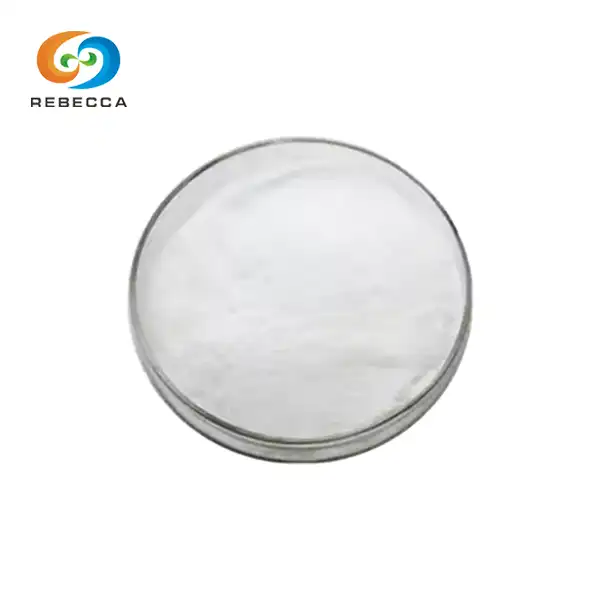
_1730079799361.webp)
